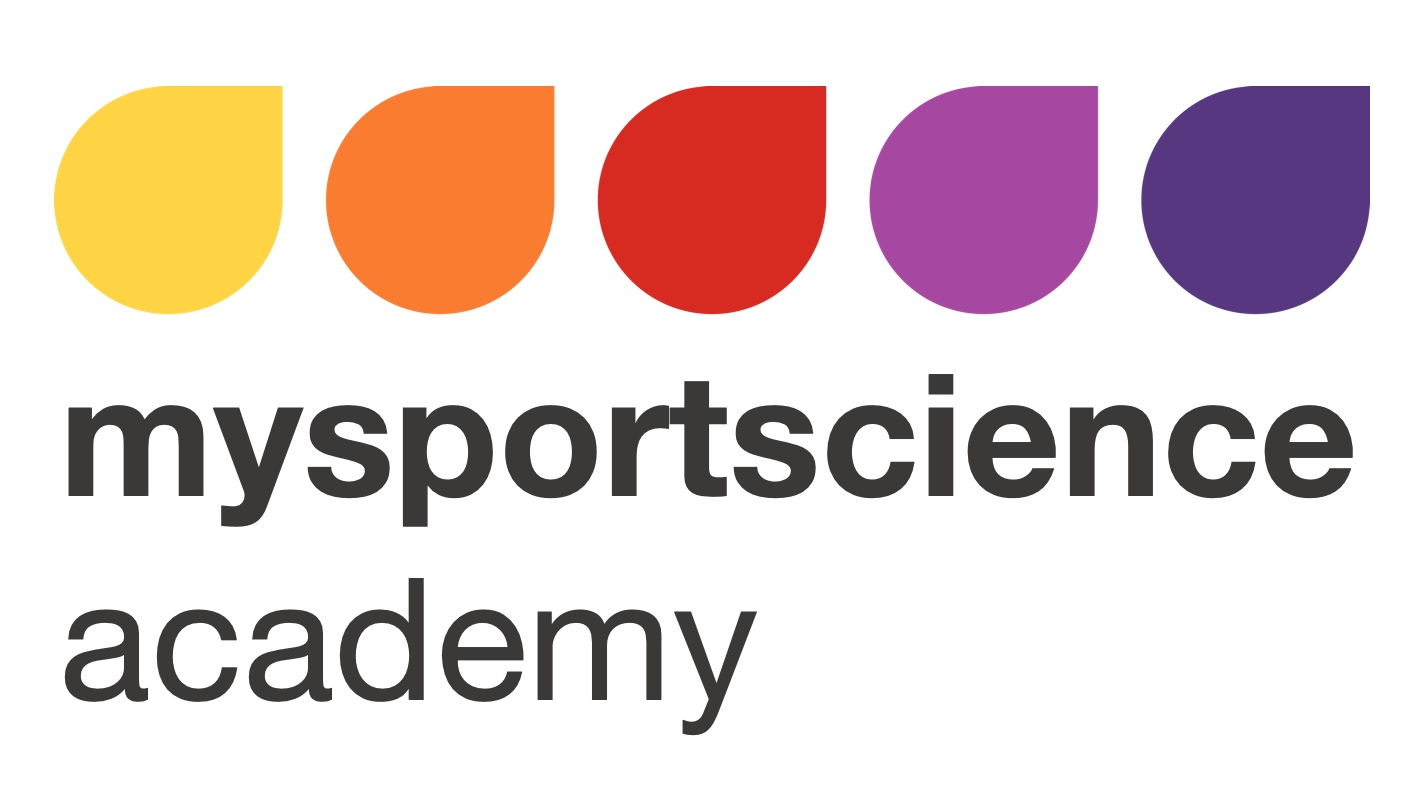Plant versus animal-based proteins
Understand the science behind plant and animal based protein. Prof Luc van Loon outlines key factors that determine muscle remodelling, and discusses how plant and animal based proteins can achieve such outcomes.
You will learn about:
The latest research on plant and animal-based proteins
The anabolic properties of different plant-based proteins
How to maximise the anabolic properties of plant and animal-based proteins
Write your awesome label here.
Professor Luc van Loon
1
25 mins
1
1
Plant versus animal-based proteins
In this lecture on "Plant versus animal based protein", Prof Luc van Loon shares the latest research on protein sources for muscle growth and remodelling. As a leading expert in protein nutrition, Luc examines the anabolic properties of different plant-based sources, highlighting which ones are most effective for muslce growth. This lecture also provides a practical insight into strategies to optimise the anabolic potential of both plant and animal based proteins. Watch for a comprehensive overview of the role of plant versus animal proteins for musle growth and adaptation.
Write your awesome label here.
Testimonials
Professor Luc van Loon
Luc van Loon is a Professor of Physiology of Exercise and Nutrition at the Department of Human Biology at Maastricht University Medical Centre+. Luc has an international research standing in the area of skeletal muscle metabolism and is generally considered as one of the top experts in the field of protein metabolism in athletes. Research in his laboratory focuses on the skeletal muscle adaptive response to exercise, and the impact of nutrition and exercise interventions to modulate muscle metabolism in health and disease. The main research interests of his laboratory include exercise metabolism, sports nutrition, adaptation to endurance and resistance type exercise, and the use of physical activity and/or dietary interventions to improve health in chronic metabolic disease and with ageing. The latter are investigated on a whole-body, tissue, and cellular level, with skeletal muscle as the main tissue of interest. The research group has authored more than 400 original, peer-reviewed research and review articles.
Write your awesome label here.
